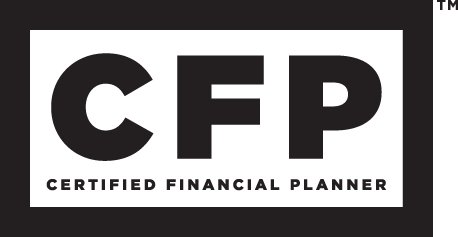Rising Interest Rates & Your Bond Portfolio
Bond prices and interest rates have what is called an inverse relationship. This means that when one goes up the other goes down. To understand why this is the case, let’s look at an example. Suppose you purchased a treasury bond for $1000 that was issued with a 3% yield. At the time you purchased this bond, 3% was the prevailing interest rate at which all new treasury bonds of this type were issued, and so you were happy to pay $1000 (full price) for the bond. If interest rates were to rise after you purchased the bond, giving newly issued treasury bonds sold for $1000 a yield of 5%, then your bond yielding only 3% would not only be less attractive, it wouldn’t be in demand at all at the price you paid for it. Who would purchase a 3% bond from you for $1000 when they could purchase a bond yielding 5% for the same price? To attract demand, the price of your bond yielding 3% would have to be discounted enough to match the same return yielded by prevailing interest rates (now 5%). In summary, when interest rates rise, the price of existing bonds must decrease in order for them to remain marketable.
What Can I do to Position my Portfolio for Rising Rates
Currently, interest rates are hovering near historic lows. Many economists believe that interest rates are not likely to get much lower and will eventually rise. If that is true, then outstanding bonds, particularly those with a long time until they mature may experience significant price drops as interest rates rise. If you have money in a bond fund that holds primarily long-term bonds, you should understand that the value of that fund will decline, perhaps significantly, when interest rates rise. Here are a few things you can do to position the bond side of your portfolio for a rising rate environment:
- Decrease the duration of your bond portfolio.
By decreasing the duration of your bond portfolio, you will be decreasing your portfolio’s sensitivity to interest rates but accepting lower yields as a consequence. In general, to decrease a portfolio’s duration, longer-term bonds are exchanged for shorter-term bonds. This is a defensive stance that can reduce losses during periods of rising rates.
- Consider floating rate bank loans.
Floating rate bank loans have no interest rate risk because they periodically reset to a rate that is based on LIBOR. A small allocation to bank loans can be a good way to reduce your portfolio’s exposure to interest rate risk. It is important to understand, however, that bank loans carry credit risk and should not be seen as a substitute for treasuries or cash.
- Allocate a portion of your bond portfolio to other low volatility strategies such as Merger Arbitrage.
Arbitrage strategies can produce steady, bond-like returns without any interest rate risk. Consider allocating a small portion of your bond portfolio to an arbitrage focused fund. To better understand arbitrage, I suggest you read my post from May, 2103 titled: Merger Arbitrage 101
In Conclusion
As always, the most important thing you can do is to stick to your long-term plan. It’s true, rising interest rates may put pressure on your bond portfolio, but there are things you can do to potentially minimize losses. While bonds will face challenges in the future, they still serve an essential role in a well diversified portfolio and should not be entirely cast aside.
The information in this post was compiled by S. Zachary Fineberg, Lead Portfolio Manager at Fineberg Wealth Management, LLC, a registered investment advisory firm located in Ann Arbor, MI. If you would like to discuss strategies to prepare your portfolio for rising interest rates, please contact us by email or call (734) 230-7900.



